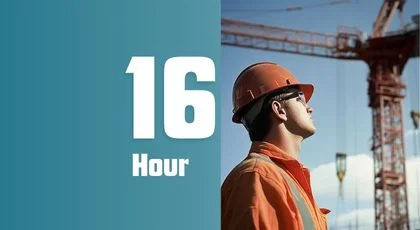16-HR Rigger Supervisor Refresher
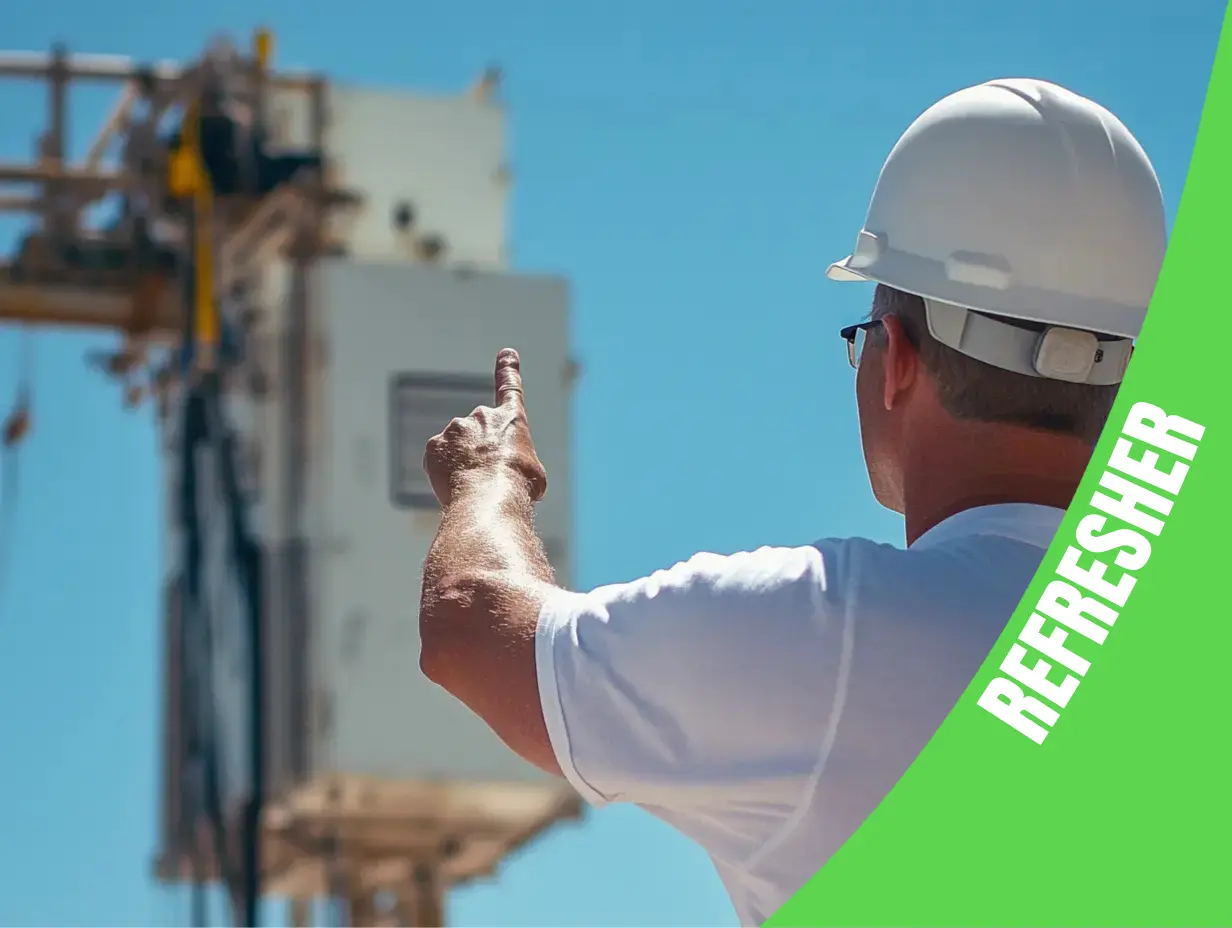
Course Duration
16 Hours
Course Session
2-3 Session
Language
English, Spanish
Training Type
Classroom Training
Course Overview
This 16 hour rigging course will review what was covered during the 32-Hour Rigging Supervisor course and provide individuals with a strong understanding on how to supervise and coordinate rigging crews and rigging equipment setup. An emphasis in this rigging safety course will be placed on proper rigging techniques, how to inspect rigging equipment, proper load amounts, how to calculate the center of gravity to apply proper rigging hitches and OSHA and DOB regulations.
Hands-on assessment will be made by instructor to determine if each student is capable of applying rope knots, inspect rigging hardware and apply learned rigging lifting techniques and immediately prior to the end of course students will independently complete a multiple choice final exam
Fast Line Safety Training delivers high-quality, hands-on training at your location and provides the industry’s preferred operator card.
Additional Course Information
What you'll learn
- Refreshed Rigging Principles and Techniques
- Updated Rigging Equipment Standards
- Revised OSHA Regulations
- Enhanced Hazard Recognition and Control
- Refreshed Supervisory Skills
- Leadership in a changing environment
- Accident Investigation and Prevention
CEU Credits Earned
1.6
Continuous Education Units
Who needs this Course?
This course is intended for workers who are:
- Renewing and expired ID Card
- Soon to be expired 32-Hour Rigging Supervisor or 16-Hour Rigging Worker Refresher
Continue to perform rigging or signaling work in conjunction with the hoisting or lowering of articles on the outside of a building.
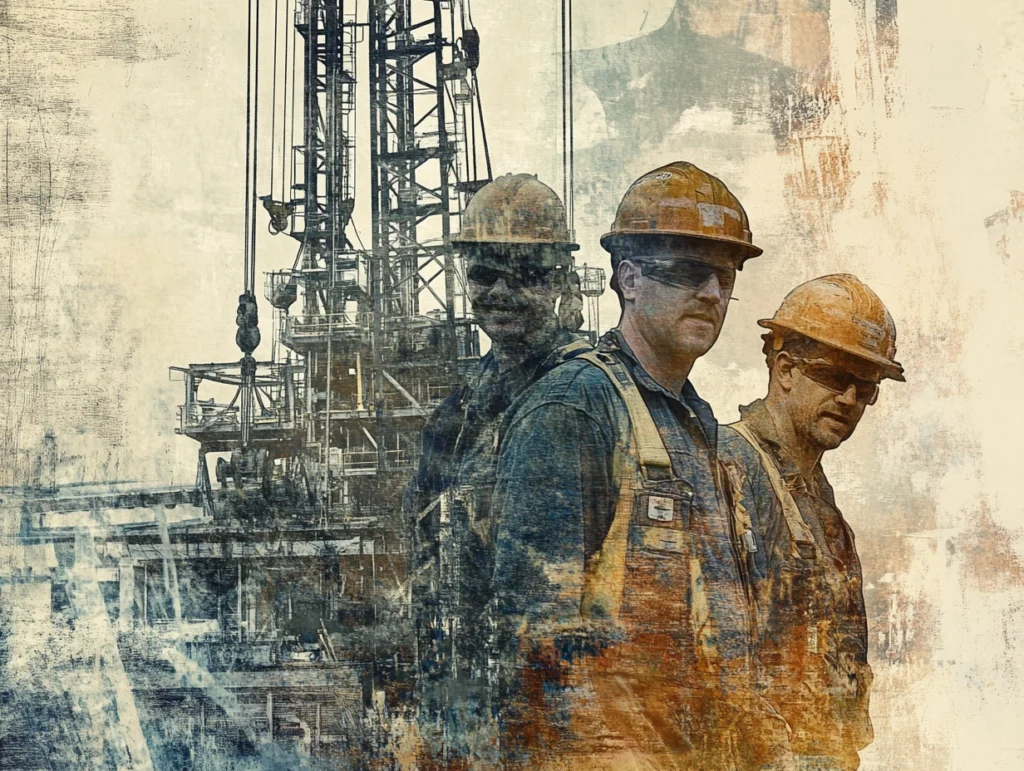
Learning Outcomes
- Our NYC rigging supervisor classes will help you understand hazards relating to rigging and how to prevent them.
- Understand how to inspect rigging equipment in compliance with OSHA and ASME standards.
- Identify equipment capacities, hitch configurations, and basic knots
- Calculate the weight of loads to find the center of gravity
- Understand signaling used during rigging operations
NYC DOB Requirements
As per 3316.9.2.2 of the 2014 NYC Construction Codes, the New York City Department of Buildings (DOB) requires this course for individuals not hired directly by a licensed rigger to maintain his/her designation to supervise the hoisting or lowering of articles on the outside of a building with hoisting equipment.
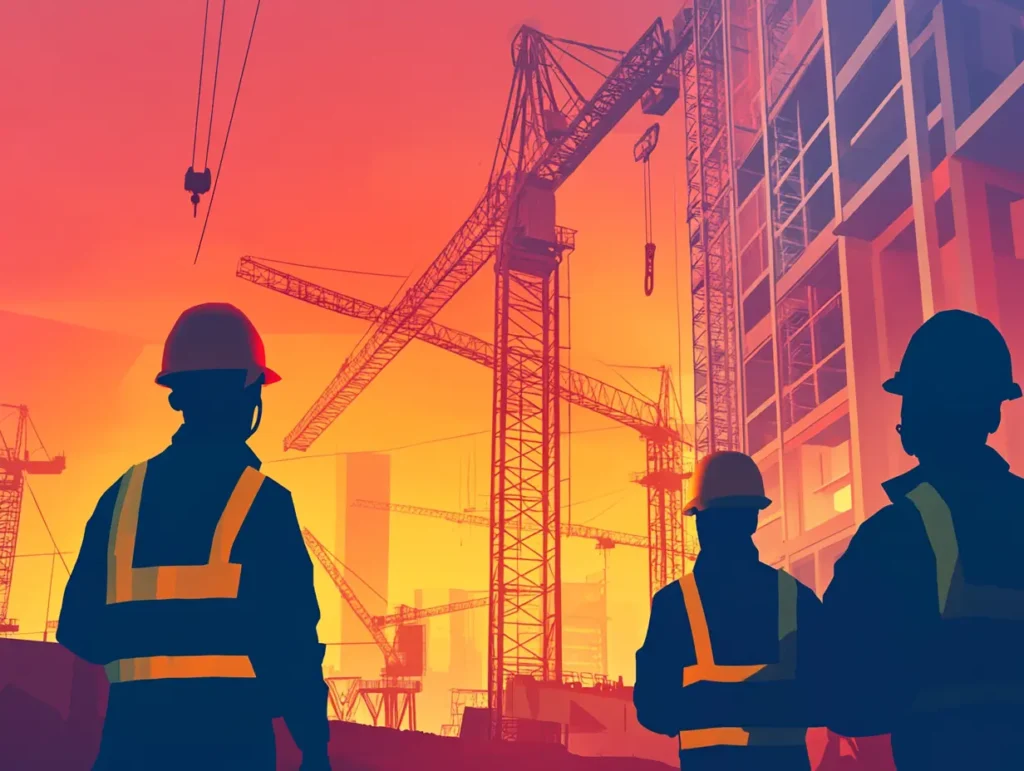
Course Outline
This Course outline provides a general overview of the topics to be covered. The actual course content may be adjusted slightly based on the specific needs and learning styles of the participants
Lesson 1: Introduction to Cranes and Derricks
- Instruction on inspection
- Maintenance
- Repair
- Use
- Installation
- Hazards associated with the relevant sections of the Building
Code - Industry practice with regard to rigging
Lesson 2: Crane and Rigging incidents
- Common causes of incidents with cranes and rigging
- Historical crane and rigging incidents in NYC and other
major cities - Overview of rigging incident statistics for the most current
24-month period:- Failure
- Injury
- Death
- A close review of two failure scenarios with emphasis on what
went wrong and how the incident could have been prev
Lesson 3: CFR 29 OSHA 1926 Overview
- Subpart CC(Cranes and Derrick in Construction)
Lesson 4: NYC Code Review
- Codes
- Rules
- Related Department policy statements
- Regulatory notices
- Bulletins and Memos
- Including: 2022 Building Code
- Chapter 33
- 1 RCNY 3316-01
- 1 RCNY 3319-01
- 1 RCNY 3319-01
- Chapter 33
- Including: 2022 Building Code
Lesson 5: NYC Department of Buildings
- Administrative standard operating procedures
- Permits
- Department notifications
- Forms
- Filing and site documents
- Plans
- Inspection checklists/logs
- Wind and weather advisories
Lesson 6: NYC Department of Transportation (DOT)
- Codes
- Rules
- Regulations
- Operating procedures
- Policy and procedures
- Permits/notifications
- Forms
- Filing and site documents
- Plans, etc.
Lesson 7: NYC Transit Authority (NYCTA)
- Codes
- Rules
- Regulations
- Operating procedures
- Policy and procedures
- Permits/notifications
- Forms
- Filing and site documents
- Plans, etc
Lesson 8: Basic Building Structure
- Structural framing
- Floor framing
- Roof framing
- Exterior envelope
- Roof parapet
- Masonry walls columns
- Concrete slabs
- Walls and columns
- Special emphasis on building structures traditionally
used to support rigging equipment- Floors
- Exterior walls, bearing and non-bearing
- Parapets
- Roof dunnage
- Structural steel beams and columns
Lesson 9: Inspection of Cranes and Ropes
- Periodic/annual inspection performed by owner, the Department of Buildings and documentation to be maintained
- Frequent inspection, who can perform and
documentation to be maintained - How to perform a frequent inspection
- Components inspected during a frequent inspection and how to identify hazards
- Steps to take if hazard discovered inspection process, and safety checklists including:
- What to inspect
- How to inspect
- How frequently to inspect, including
- Rigging systems and anchorage
- Individual components:
- Slings, hoists, mortars, etc.
- Identification of wear, defects, failure signs in all
rigging equipment - Handling, maintenance, repair/replacement of rigging equipment, rope, hardware, etc., rope (wire and fiber) and hardware used in rigging, type, strength, application, manufacturers’ specifications and limitations, handling
- Connection and termination of wire/fiber rope
(fasteners, knots, hitches, hooks, shackles, thimbles, eyes, tackle blocks, etc.) including connection to suspended work platforms, (i.e., scaffold platforms); hoist loads (materials, equipment).
Lesson 10: Maintenance and Repair of Cranes and Ropes
- Types of maintenance required
- Who can maintain cranes
- Who can repair a crane
- Safeguards before beginning maintenance or repairs
Lesson 11: Crane Setup
- Ground conditions
- Deviation from plans not permitted
- Founding of crane, outrigger placement and cribbing
- Danger to underground infrastructure, excavations,
foundations, etc
Lesson 12: Reading Plans
Lesson 13: Site Precautions
- Hazards of operating in a dense urban environment
- High wind hazards
- Operating near power lines
- Prohibition against hoisting over pedestrians, traffic, and adjoining buildings
- Requirements for shutting down and securing the crane
- Communication between workers and supervisors while rigging radios, hand signals, flags, etc.
Lesson 14: Reading Load Charts
NYC-approved load charts
Lesson 15: Lifting and Lowering Loads
- Weights and materials
- Center of gravity
- Rigging requirements
- Critical picks
- Logs and record keeping, including:
- Maintenance records for equipment
- Pre-task and safety meetings
- Hoisting and hoist equipment (manual, electric, etc.)
- Pulley, block/tackle, sheaves, drums, slings (all types), chains, electric hoist motors
- Capacity
- Rigging of motors
- Mechanical/electrical safety devices and
- Operation
- Critical picks
- Construction and use
- Suspended working platforms, manufacturer’s
specifications, limitations, max spans, guardrails,
planking, debris netting, stirrups, maneuvering, drifting, securing of platform during and end of shift; suspension methods, slings, c-hooks, outrigger beams, clamps, counterweights, shoring scaffolds (outrigger supports),
masonry and concrete anchors (expansion, adhesive, screw) - Pull testing of anchorage devices. Off-the-shelf
hardware, as well as site-built hardware systems must be included
Lesson 16: Operational Aids and Safety Devices
- Types of aids, safety devices, functions, how to use, steps to take if operational aid/safety device not working. Acceptable means to substitute for a malfunctioning aid/safety device Personal fall-arrest systems, use, storage, maintenance, installation, and anchorage
Lesson 17: PPE
- Personal fall arrest systems use, storage, maintenance, installation, and anchorage
- Other Types of personal protection (hard hats, respirators, gloves, shoes, eye protection, clothing)
Lesson 18: Crane and Derrick Safety Protocols and Emergency Procedures
- Electrical safety during rigging installation and use, including work performed from suspended working decks (welding, use of electrical equipment, etc.).
- Overhead protection/safety exclusion zones during rigging, hoisting, and use of scaffolding
- Sidewalk sheds, barriers, flag persons, hazard signage.
Lesson 19: Crane Assembly, Jumping and Disassembly
Lesson 20: Rigging Requirements
- Definition of rigging such as the traditional uses for rigging in the construction and industrial environment, including industrial rope access (IRA).
- Mathematics of rigging, measurement, symbols,
geometry, calculations, leverage, friction, fulcrum, center of gravity, uniform and concentrated loading. - Wind effects on netting and other components.
- Calculation of weight, loads, sling loads, drifting loads, balance and tipping points of objects, center of gravity, non-symmetrical center of gravity and buoyancy (lifting in water).
Lesson 21: General Construction Site Hazards
Pricing
Group
Minimum 5 person per class-
We Come to You
-
Schedule Flexibility
-
Hands-on Training
Inquire about setting up a private class for your team and ask about group discounts.
To successfully complete the training, students must:
- Earn a minimum score of 75% on the final evaluation.
- Complete 100% of the required course content.
- Completion of required pre-and post-quiz assessment
- Actively participate in all written and practical learning activities.
- Completion of Continuing Education and Training Registration Form
Please note that no make-up time will be provided for missed assignments or activities.
The Preferred Equipment Operator Card
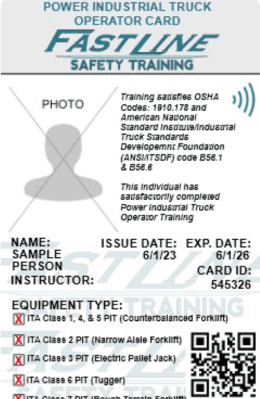
QR Code/ NFC Technology
Digital ID Card: Quickly scan your card with any smartphone camera to experience the convenience of your digital identification profile.
Blockchain Protected
Blockchain-protected: Experience the next generation of security. Leveraging the power of blockchain technology, your cards are encrypted and tamper-proof, ensuring your information is always safe.
ID Cards with Face Photo
Full-resolution ID Cards: Fast Line Safety Training issues A standard identification card featuring a full-color photograph of the individual.
Completion cards are valid for 3 years and in all 50 states.
We are the only providers issuing such permanent cards.
Book your next training course with us.
Fill out the form below or call us at (631) 393 – 6755
to set up your training session!
l out the form below or
call us at (631) 393 – 6755
to set up your training session!

Frequently Asked Questions
Who should take this course?
This course is designed for experienced Rigger Supervisors who are seeking to refresh their knowledge and skills in safe rigging practices.
It is also beneficial for supervisors and foremen who oversee rigging operations.
What are the prerequisites for this course?
Participants should have prior experience in rigging operations. Individual should also have a valid rigging certification may be required (Check with your specific training instructor).
What are the 4 baic rules of rigging?
Their is more information needed for operating a rigging machine, however the basic rules that would be followed:
- Know the Load: Determine the weight and center of gravity of the load
- Select the Right Equipment: Choose rigging hardware(slings, chains, hooks, etc.) with sufficient capacity for the load weight
- Plan the Lift: Develop a safe lifting plan, including the path, potential hazards, and communication protocols
- Communicate Effectively: Maintain clear and consistent communication between the rigger, crane operator, and signal person
What is the format of the course?
The course typically includes a combination of classroom instruction, hands-on demonstrations, and practical exercises
Will this course help me renew my rigging certifications?
Specifically address whether this course fulfills the continuing education requirements for maintaining existing rigging certifications


